LATVIJA.FM
Latvia’s Oldest Coins and Their Stories
Beneath the surface of Latvia’s soil lie fragments of ancient commerce, diplomacy, and conquest—glimmering silver and bronze coins that whisper of Vikings, Hanseatic merchants, Livonian bishops, and distant empires. These tiny metal tokens, unearthed by archaeologists and hobbyists alike, offer more than a numismatic curiosity—they illuminate Latvia’s evolving identity through the centuries. Each coin is a historical breadcrumb, leading us into a deeper understanding of the trade routes, political alliances, and cultural exchanges that shaped the Baltic region. From the earliest imported denarii to locally struck shillings, Latvia’s oldest coins carry tales that are both intimate and grand, preserved in copper and silver.
Echoes from Antiquity: Roman Coins in Latvian Soil
The story of Latvian coinage begins not with native mints, but with foreign currency. One of the earliest and most intriguing finds across Latvian archaeological sites are Roman denarii—silver coins dating as far back as the 1st and 2nd centuries CE. These coins did not arrive through conquest or colonization, but by trade. Roman merchants, extending their reach northward, bartered goods with Baltic tribes in exchange for amber, furs, and honey. That Roman coins have been found in Latvian fields, sometimes buried in hoards, speaks to the prosperity and cultural curiosity of the region even before it had its own statehood.
Viking Trade Routes and the Dirhams of the East
By the 9th and 10th centuries, Arab silver dirhams began appearing in Latvian territories—often in large hoards. These Islamic coins, minted thousands of kilometers away in the Abbasid Caliphate or Samanid Empire, arrived via Viking traders who moved along the Daugava River and the Baltic Sea. The dirhams were not simply currency; they were symbols of a vast interconnected world, where Scandinavian raiders and merchants used Latvian riverways to transport goods between the East and the West. The discovery of cut or bent dirhams, shaped into jewelry or weighed for silver content, reveals how Latvians adapted foreign currency into their own economic practices.
The Livonian Order and the Birth of Local Coinage
It wasn’t until the 13th and 14th centuries, during the time of the Livonian Order, that coins were minted on Latvian soil. These coins, often struck in Riga or in the bishopric seats of Cēsis and Tartu, were small silver bracteates—thin, single-sided coins used for local transactions. Bearing crosses, bishops’ staffs, or Latin inscriptions, they symbolized not only religious authority but also a burgeoning sense of territorial identity. Riga, in particular, played a growing role in the Hanseatic League, and its coinage reflected the city’s emerging importance as a trade hub in Northern Europe.
Riga’s Renaissance: The Shilling and Beyond
By the 16th and 17th centuries, Riga had matured into a sophisticated urban center, minting its own shillings and groschen. These coins bore the coats of arms of Riga and occasionally portraits of foreign rulers—Polish kings, Swedish monarchs, or Russian tsars, depending on who controlled the region. The shifting iconography on these coins provides a vivid timeline of Latvia’s contested past, as the city passed between empires. Yet through it all, the coinage retained a distinctly local character, used not only in commerce but also ceremonially, such as in the dowries of brides or offerings at churches.
Hidden Treasures: Coin Hoards and the Secrets They Keep
Some of the most captivating coin stories come not from museums, but from forests, fields, and the hands of metal detectorists. Hundreds of coin hoards have been discovered across Latvia, each buried for safekeeping during times of war or upheaval. These caches, sometimes hidden in clay pots or linen sacks, offer a snapshot of life during turbulent eras—Swedish-Polish wars, peasant uprisings, or even the Napoleonic campaigns. Each coin hoard is a time capsule, freezing the economic anxieties, aspirations, and sudden disruptions that prompted their concealment.
Legacy in Metal: What Latvia’s Oldest Coins Teach Us Today
Today, Latvia’s oldest coins are more than artifacts—they are storytellers. From national museums to private collections, these pieces of metal speak of Latvia’s place within a greater European and global context. They remind us that the region was never isolated, but deeply engaged in cross-cultural trade and diplomacy. More than that, they inspire awe for the craftsmanship of early minting, and for the individuals who once carried these coins in pockets, pouches, or sewn into garments. Each coin, with its faded inscriptions and worn edges, carries the quiet weight of a human life once lived—and a story worth remembering.
